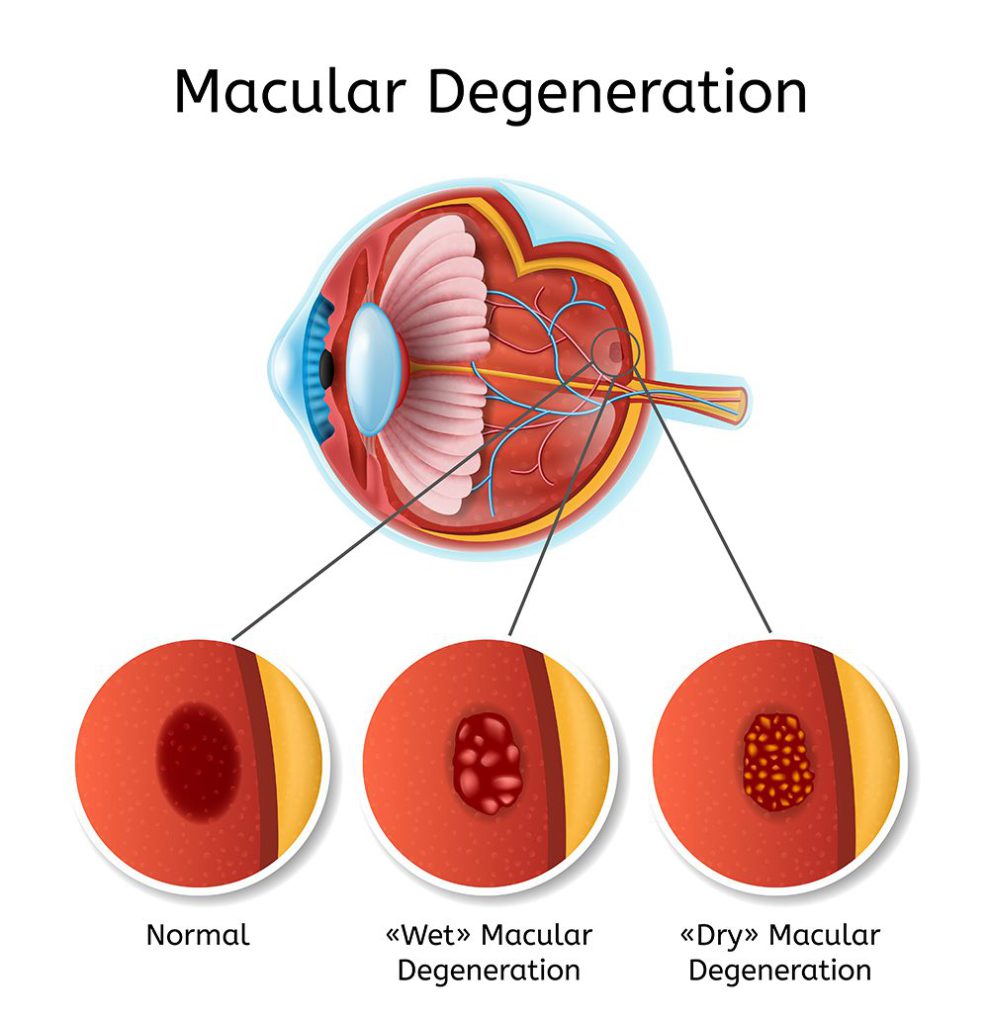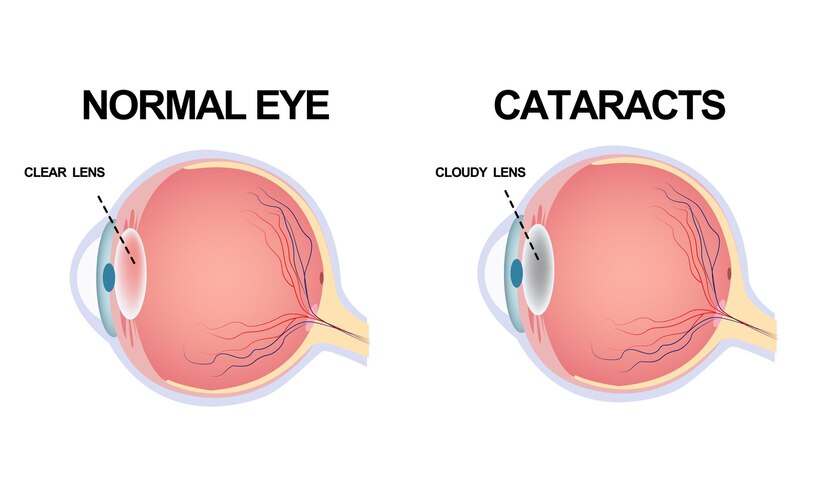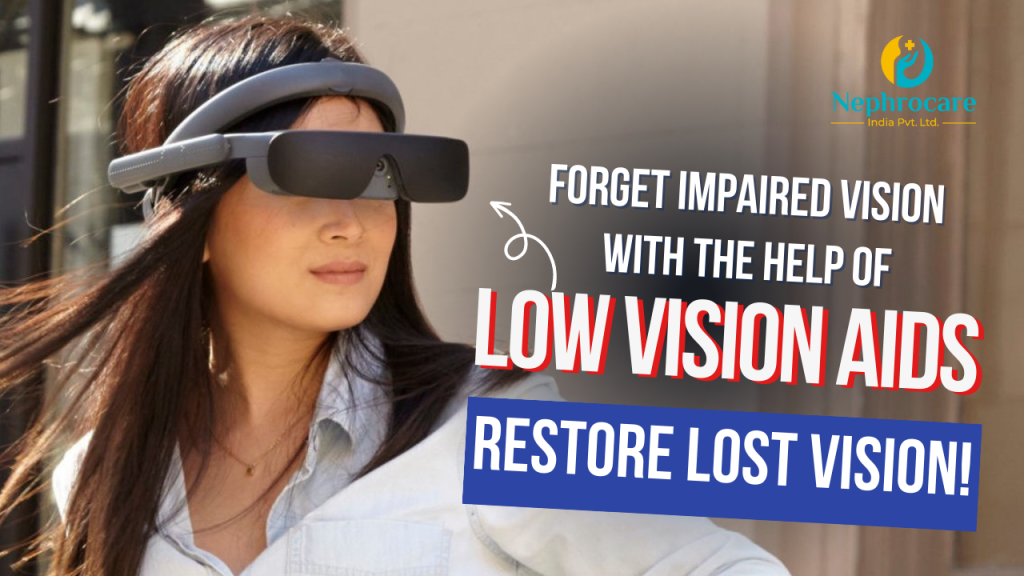
- 568
- 0
Uncontrolled Diabetes & Vision Loss
Did you know that uncontrolled diabetes can significantly increase the risk of vision loss and even blindness?
Diabetes doesn’t just affect blood sugar levels; it can also create mess on the delicate structures of the eyes. In this article, we’ll explore how diabetes contributes to sight-threatening conditions like glaucoma, diabetic retinopathy, and cataracts, and the importance of proactive management.
Types:

Diabetic Retinopathy: The retina, located at the back of each eye, is responsible for converting light into signals that the brain interprets as vision. Diabetic retinopathy occurs when damaged blood vessels affect the retina. In its early stages, blood vessels may weaken, bulge, or leak, a phase known as non proliferative diabetic retinopathy. As the condition progresses, some vessels may close off, prompting the growth of abnormal new blood vessels on the retina’s surface, leading to proliferative diabetic retinopathy and potentially serious vision issues.

Diabetic Macular Edema: The macula, the central part of retina essential for tasks like reading and recognizing faces, can swell due to diabetes-induced damage, a condition known as diabetic macular edema. Over time, this swelling can impair sharp central vision, potentially resulting in partial vision loss. Diabetic macular edema often accompanies other signs of diabetic retinopathy.

Glaucoma: Glaucoma encompasses a group of eye diseases that harm the optic nerve, crucial for transmitting visual information to the brain. Diabetes doubles the risk of developing glaucoma, which, if left untreated, can lead to vision loss and blindness. Symptoms vary depending on the type of glaucoma.

Cataracts: Cataracts involve the clouding of the eye’s lenses, leading to blurry vision. People with diabetes are more susceptible to developing cataracts at an earlier age, likely due to deposits building up in the lenses caused by high glucose levels.
Risk factors:
Anyone with diabetes can develop diabetic eye disease. Your risk is greater with
- High blood glucose that is not treated.
- High blood pressure that is not treated.
- High blood cholesterol and smoking may also raise your risk for diabetic eye disease.
Symptoms:

- Blurry or wavy vision
- Central or peripheral vision loss
- Tunnel vision
- Frequently changing vision—sometimes from day to day
- Dark areas or vision loss
- Poor color vision
- Spots or dark strings (also called floaters)
- Flashes of light
Protect eyes from diabetes:
Here are some actionable steps you can take year-round to prevent diabetic eye diseases from affecting your vision and enjoying the world around you:
- Prioritize regular dilated eye exams: Schedule a comprehensive diabetes eye exam at least once a year, as recommended.
- Maintain optimal blood sugar levels: Consistently manage your blood sugar levels through proper diet, exercise, and medication as prescribed. By keeping your blood sugar within normal ranges, you can protect the delicate blood vessels in your eyes and prevent damage that leads to vision loss.
Please don’t hesitate to contact us for a personalized diet plan
- Monitor and control blood pressure and cholesterol: Regularly check your blood pressure and cholesterol levels, as elevated levels can negatively impact the health of your eye’s blood vessels.
- Adopt a healthy lifestyle: Embrace a balanced diet and regular exercise regimen to support overall diabetes management and promote eye health.
Feel welcome to contact us for a beneficial workout experience.
- Act promptly upon noticing changes in vision: If you experience any changes in your vision, seek immediate medical attention from your eye care professional.
Low Vision Aids for Diabetic Eye Conditions:
Individuals with vision impairment caused by diabetes rely on a range of low-vision aids to enhance their daily activities. These aids include:
To know more about Low Vision Aids, Click here👇

- Reading magnifiers
- CCTV low-vision aids
- Standing magnifiers
- Hand-held magnifiers
For further insights on Low Vision Aids, check out the blog below 👉👇
In conclusion, the impact of uncontrolled diabetes on vision health cannot be overstated. Diabetic eye diseases like retinopathy, macular edema, glaucoma, and cataracts pose significant risks to vision. It potentially leading to partial or complete blindness if left untreated. However, there are practical steps individuals can take to protect their eyes and preserve their vision. Additionally, individuals with vision impairment due to diabetic eye diseases can benefit from low-vision aids to enhance daily activities. By incorporating these strategies into their routine, individuals can take proactive steps towards safeguarding their vision and enjoying a fulfilling life despite diabetes-related challenges.
Comment
Check Your EGFR
***We Promise, no spam!








